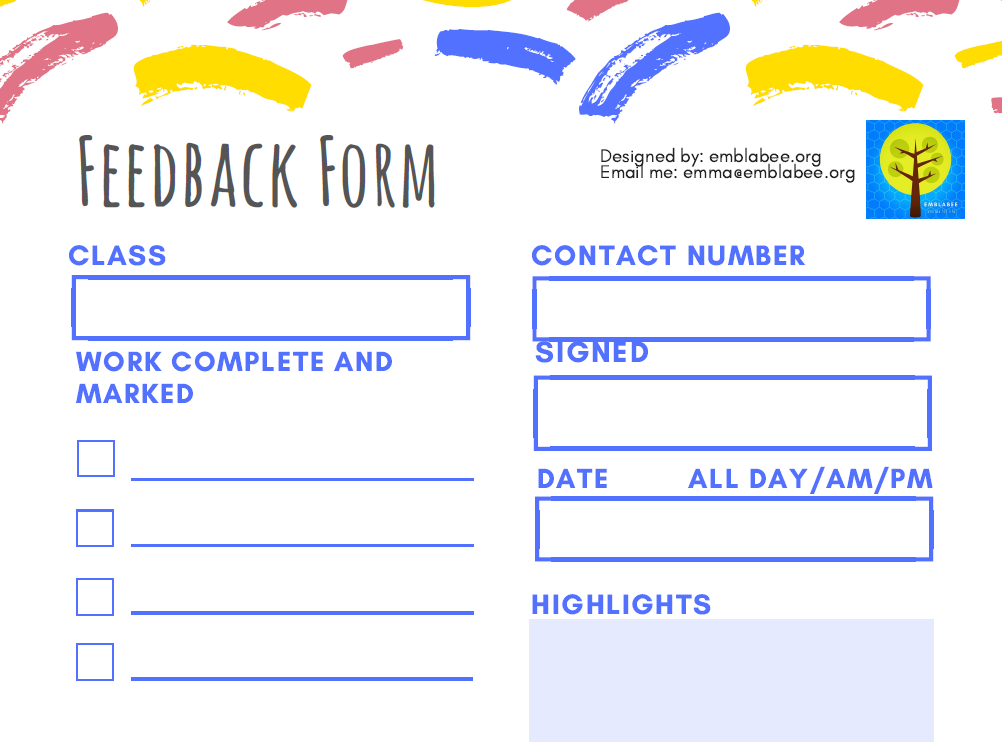Supply teaching – Benefits and how to make it work for you

Thinking about supply teaching? This guide covers everything from key considerations and FAQs to the benefits of the role…

- by Teachwire
- Classroom expertise and free resources for teachers

While we won’t deny that supply teaching is a bit of a rollercoaster ride, rollercoasters can still be lots of fun.
Supply teaching comes with so many positives: the freedom to teach and just enjoy it; no planning; no meetings; less pressure to meet targets; no exhausting parents’ evenings.
Here we delve into frequently asked questions about supply teaching, look at some of the benefits and pitfalls and provide advice to help your new role go as smoothly as possible.
Interested in real teachers’ experiences? Check out these case studies:
- Why I quit headship and moved to supply teaching
- I was signed off because of my mental health and now teach supply
- I resigned as deputy headteacher and now teach supply
Things to think about before starting supply teaching

Elias Taylor offers four points to consider if you’re thinking of making the move to supply teaching…
1 | Do your research
If you decide to consider agency work, read some reviews and ask fellow supply teachers for their recommendations on which agencies to join. Sign up to a few at the same time – perhaps a big, established agency (so you know there’ll be enough work) and a local one that mainly serves schools within your community. Ask nearby schools which agencies they like to use.
Signing up to a few supply teaching agencies will help you consolidate the overheads associated with the process (providing documents, travelling to interviews, etc). It will also maximise your chances of getting relevant job opportunities.
By its nature, supply teaching work can be unpredictable – not every job will necessarily be right in your sweet spot, or just around the corner. The more offers you have coming in, the more discerning you can be, and the more likely it is that the perfect job will come your way.
“Not every job will necessarily be right in your sweet spot, or just around the corner”
2 | Ask questions
Whether you’re working via an agency or directly for a school, one key thing is to make sure you agree your rate of pay upfront, ideally in writing.
Employment structures in supply teaching can be complex. Rates of pay, deductions and ‘admin fees’ can be very unclear.
“Make sure you agree your rate of pay upfront, ideally in writing”
You don’t want a nasty surprise on your payslip a week or two after you’ve just started what you thought was your dream job, so make sure you’re clued up on how your agency’s payment process works. Here are some questions to ask:
- Do you pay PAYE or via an umbrella? If via an umbrella, what are the fees and what is your agreed rate?
- Who is paying the Employer’s National Insurance Contribution? (Hint – unless you explicitly agreed otherwise in advance, it shouldn’t be you.)
- Do I get holiday pay immediately or is it ‘reserved’ as an ‘allowance’ that I have to claim back later?
3 | Be prepared
This one particularly applies to prospective day-to-day supply teachers. Ideally you want to arrive at a new school pre-armed with lesson plans and activities. Get together a pack that is resource-light and works across year groups.
Research the school’s key policies on its website before you arrive. The behaviour policy is particularly useful as it lays out the ethos, expectations and systems that are embedded across the school.
“Ideally you want to arrive at a new school pre-armed with lesson plans and activities”
Knowing these in advance will give you confidence and authority in the classroom.
Arriving as early as possible will help you most of all. Doing so will give you time to check books, read through any planning that has been left by the teacher, and to liaise with others – especially support staff.
4 | Inform former schools
The ideal supply teacher is one who already knows the ins and outs of the school and doesn’t need too much scaffolding.
It’s highly likely your former schools will want to know you’re now available for supply teaching, so tell them.
“The ideal supply teacher is one who already knows the ins and outs of the school”
If they don’t want to employ you directly each time they need supply (which although some schools do, many aren’t able to), choose your preferred agency to work through.
This may work well for both of you. It helps keep the relationship formal and manageable, and can help alleviate the administration of background checks, payments and so on.
Elias Taylor has been a teacher for 14 years. He is currently schools success manager at Teacher Booker (@teacherbooker), an online network that directly connects schools with teachers through their wide range of recruitment provision.
Supply teaching FAQs

The role might have its ups and downs – but it’s not as scary as you might think, says ex-teacher Anna Connelly…
What should I bring with me?
In all my time on supply I’ve never turned up to find that absolutely nothing has been left. Honestly, I don’t know any school that irresponsible.
And even if you do arrive to an empty desk, it’s not a weakness to ask: staff would rather the kids do something on-topic.
Trending
That said, you will need a few indoor and outdoor ideas as backup for PE sessions, and some 10-20 minute classroom activities – pre-prepared websites, revision games and teasers – to make sure you’re not disarmed by last-minute changes.
What if it all goes wrong?
Realistically, it won’t. You’ll have days that will be hard and times when nobody listens, and you’ll think, ‘Is it me?’.
Then you’ll go to another school, have a great experience and think, ‘No, it’s not me. Today was great.’ It is teaching, after all; not everything will go right all the time.
The biggest thing I’ve learnt is to stay calm and positive and be unafraid to ask for support. Don’t worry about the students either. Reflecting on my experiences, they’re the ones who have been the stars.
Most students are fab; they understand your position and want to help. You’ll see the best of them and will be impressed by their initiative.
“The biggest thing I’ve learnt is to stay calm and positive and be unafraid to ask for support”
What about negative or difficult colleagues?
Of course, when a new teacher comes in not everyone will cope well with change. And I’m not talking about the kids. Unfortunately, you may encounter staff who are negative and difficult.
If you’re stuck working with someone like this, bite your tongue, focus on interacting with the kids and try not to take it home with you. We’ve all been there.
What pay should I expect?
The decline of local authority supply pools means most supply teachers now work for private agencies.
To put pay into a general context, as per the school teachers’ pay and conditions document (STPCD) a teacher’s daily rate is their salary point, divided by 195 (the days a year a full-time teacher works). But on day-to-day supply, most agencies will not pay to scale.
In many areas, a terrible ‘race to the bottom’ model exists: one agency pays a low rate, so that agency is the cheapest, ergo it has all the work.
On long-term placements you have more bargaining rights though. You should be paid more because you will be undertaking PPA, so push for an uplift of daily rate.
“On long-term placements you have more bargaining rights”
These figures aren’t set in stone, but your access to the same salary as permanent staff after 12 weeks in the same school or LA is. Read about the Agency Workers Regulations 2010 (AWR 2010).
Avoid umbrella companies. Ultimately, these are payroll middlemen who shift the responsibility of paying employers’ NI onto the employee, who pays their own NI too, plus usually a ‘service’ fee. It is, I would say, a rip-off.
Use an alternative and insist on PAYE. Never be afraid to challenge your agency; know your rights and fact-check. If you’re not in a union, join one.
Five great benefits of supply teaching

Hometime is hometime
With well-documented issues with workload, more teachers are turning to supply in order to gain work-life balance.
Once the classroom’s tidy and the books are marked, you’ll be off home to spend more time on your social and family life. And box-sets.
Pick where you’d like to work
We all have schools where we fancy working, things we would like to try. Fire off an email to the school office to ask them which agency they use, or ask yours if they can get you some assignments in there. No harm in getting your foot in the door, right?
Learn where to avoid
Sometimes you’ll encounter unsupportive staff, unhelpful SLT and a school culture you really don’t like. Supply teaching is the best way to get to know the schools in the area.
You might surprise yourself
The first time I taught KS1 it was like Kindergarten Cop. I never thought that a few years later, it would be my favourite Key Stage. Many find their niche on supply.
You might surprise them
It gladdens my heart when I hear from supply teachers who, after a bad experience, or fears about their confidence, receive rave feedback.
How to make supply teachers feel welcome

- Send a member of SLT to welcome the supply teacher and provide them with a map and information about their classes
- Enquire about their lunch needs
- Show them the staffroom, water machine and what the staffroom coffee protocol is
- Briefly summarise your behaviour and achievement procedures
- Include supply teachers in staffroom conversations
- Inform them in advance about parking
- Don’t rely on the supply agency to communicate all information. Person-to-person contact means a lot
- Remember to thank supply teachers at the end of the day
- Invite feedback on learning and behaviour
Thank you to Jennifer Hampton (a teacher of English and consultant in the south east) and Michelle Casey (a part-time primary teacher in Surrey) for these tips.










